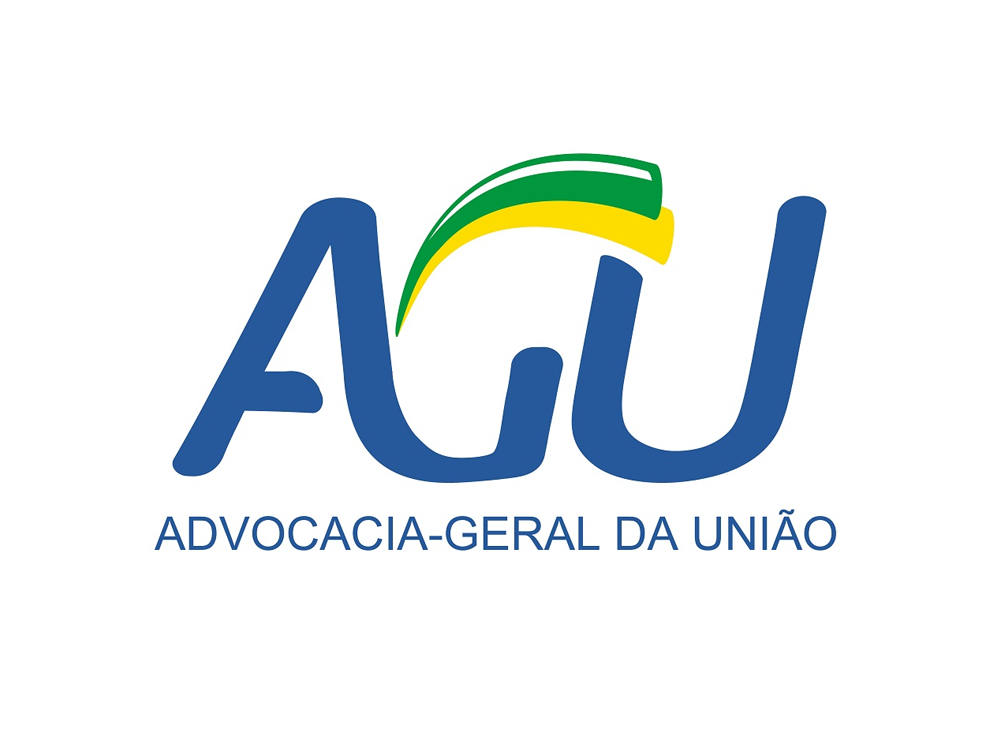Chance of Republican victory in White House, Congress affects emerging markets
10/16/2024
/i.s3.glbimg.com/v1/AUTH_63b422c2caee4269b8b34177e8876b93/internal_photos/bs/2024/d/y/g9Wj0zSUa3oD0x5d8oIg/foto16fin-101-mercado-c2.jpg)
The positive sentiment in local markets, buoyed by more favorable fiscal signals from the Brazilian government, was short-lived. External factors once again dominated the movements of domestic assets on Tuesday, with increased bets on a win by Republican Donald Trump in the U.S. presidential election significantly impacting emerging markets. The sharp drop in oil prices also played a role in the session, marked by a surge in the exchange rate and future interest rates.
The possibility of a “red wave,” with a Republican victory in both the White House and Congress, gained traction in betting markets. According to the betting site Polymarket, which compiles options involving both the presidential race winner and the majority in the Lower House and Senate, there is now a 40% chance of a “red wave,” which has rattled emerging markets.
In the Brazilian market, the real weakened to R$5.6565 to the dollar, the highest FX rate in two months. The interbank deposit (DI) rate for January 2029 futures soared from 12.635% to 12.77%, closing at the day’s high. The rate abandoned the morning decline when government signals about spending restraint had an impact. The benchmark stock indexIbovespa closed with a slight gain of 0.03%, at 131,043 points.
The government’s signaling was insufficient to support the real or the decline in future interest rates. The possibility of Mr. Trump’s victory became more prominent in business, especially affecting Latin American currencies. By late afternoon, the dollar was up 1.50% against the Mexican peso; 0.83% against the Colombian peso; and 1.42% against the Chilean peso.
“If Trump confirms what the betting markets are indicating, the dollar tends to strengthen initially,” said EQI Asset’s Chief Investment Officer (CIO) Ricardo Cará Monteiro. “The dynamics of our currency have a significant global component. We depend on foreign investors seeing a weaker dollar worldwide to allocate funds in Brazil.”
On Tuesday (15), Mr. Trump reiterated in an interview his proposal to radically increase tariffs on imports, further pressuring emerging currencies, which were already pressured by the oil price slump abroad, resulting from the removal of premia related to the Middle East conflict and weak demand prospects.
According to the EQI Asset executive, Mr. Trump’s tariff measures may not necessarily focus on Brazil, but impacting Mexico affects Latin American assets as a whole. “These measures are not very relevant to us, but when Mexico suffers, Brazil also suffers as they are in the same group of emerging markets. They are markets with two of the worst currencies of the year. If we had our finances more ‘in order,’ perhaps we wouldn’t be so affected,” Mr. Cará Monteiro said.
Among market players, possible explanations for the increased bets on a “red wave” include the increased tensions in the Middle East and the effects of Hurricane Milton. Additionally, some polls, albeit of lower quality, have shown a rise in Mr. Trump’s polling numbers in recent days.
“At the end of September, we were at a 50/50 probability. Today, the most one can say, considering some progress for Trump, is that he has a 52% chance of winning. That is very generous. Or rather, not yet sufficient to take a confident market position,” Quantitas’ Chief Economist Ivo Chermont wrote in an article published on Tuesday (15).
The economist, who has been closely monitoring the U.S. presidential elections, notes that the reliability of poll numbers continues to spark debate among market participants, as they failed to capture Mr. Trump’s voting intentions in 2016 or 2020.
Currently, Mr. Chermont maintains a forecast of a 50/50 outcome for the U.S. presidential election or 52/48 in favor of Trump, given the high uncertainty surrounding the scenario.
In Mr. Cará Monteiro’s assessment, a more positive internal environment would be required for domestic assets to navigate a more turbulent external scenario well. He notes that the real has struggled to take advantage of narratives that would benefit it, such as the prospect of an increased interest rate differential. “That’s because we lack a trigger on the fiscal front. In all my market experience, whenever fiscal issues arose as a concern, there was also fear that the interest rate would not be sufficient to control inflation and anchor the currency,” he said.
In the market, some start to speculate that Brazil may soon face a fiscal dominance scenario—described by the reduction or removal of monetary policy effects due to a high level of public debt. According to BB Asset Management’s chief economist, José Maurício Pimentel, there is no empirical evidence that Brazil is currently experiencing such a scenario, but this environment is plausible if market expectations deteriorate.
“The market is pricing the yield curve based on a fiscal outlook that deteriorates over time. Today, the market treats good fiscal news as neutral, neutral news as bad, and bad news as very bad,” Mr. Pimentel said. He emphasizes the negative impact of agents’ perceptions on the yield curve and exchange rate.
“If this trajectory continues, we could enter a fiscal dominance regime. When that happens, monetary policy loses its potency regarding its ability to anchor inflation expectations,” he explained.
(Eduardo Magossi, Maria Fernanda Salinet, and Cristiana Euclydes contributed reporting.)
*By Arthur Cagliari, Gabriel Caldeira, Victor Rezende — São Paulo
Source: Valor International

/i.s3.glbimg.com/v1/AUTH_63b422c2caee4269b8b34177e8876b93/internal_photos/bs/2024/K/b/0j6PNNTbAlQDEJFWa3kA/foto15bra-101-tais-a4.jpg)
/i.s3.glbimg.com/v1/AUTH_37554604729d4b2f9f3eb9ad8a691345/internal_photos/bs/2024/h/b/rD6RZLSxmiOfxpbKGtzA/260124alexandremanoel007.jpg)
/i.s3.glbimg.com/v1/AUTH_37554604729d4b2f9f3eb9ad8a691345/internal_photos/bs/2024/E/r/EaDA80RSmLCUjMRZ3BSw/yoshihiro-enosawa-presidente-e-ceo-da-agrex-do-brasil-foto-gesival-nogueira-kebec-valor.png)
/i.s3.glbimg.com/v1/AUTH_63b422c2caee4269b8b34177e8876b93/internal_photos/bs/2024/4/c/8dVNJOQzSM7yQgaXZ17A/foto14pol-101-ccj-a15.jpg)
/i.s3.glbimg.com/v1/AUTH_63b422c2caee4269b8b34177e8876b93/internal_photos/bs/2024/7/i/AtQ6xJSsKQLZLsWi6SMA/foto14bra-101-multis-a5.jpg)
/i.s3.glbimg.com/v1/AUTH_63b422c2caee4269b8b34177e8876b93/internal_photos/bs/2023/2/d/YWjpbXSuWIqYBpK0CZvw/105175392-ec-20rio-20de-20janeiro-20rj-2030-11-2023-20-20produtos-20de-20natal-20j-c3-a1-20s-c3-a3o-20encontrados-20no-20cadeg-20a-20venda-20d.jpg)
/i.s3.glbimg.com/v1/AUTH_63b422c2caee4269b8b34177e8876b93/internal_photos/bs/2024/S/u/7FEEW0RUSVX7CBjzBEAw/foto10fin-101-fluxo-c1.jpg)
